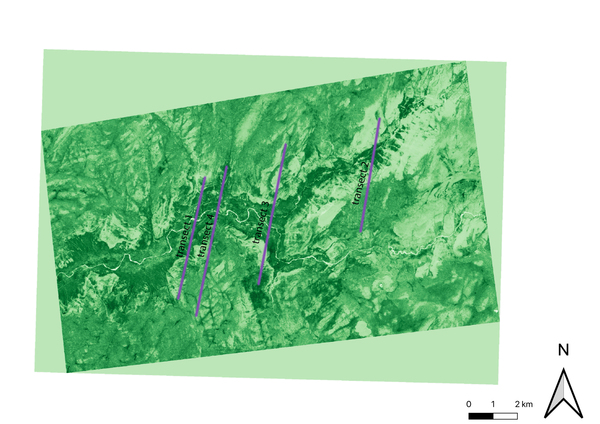Presence of Vegetation in Relation to Slope in Yosemite Valley, California
(1) Department of Earth and Environmental Sciences, University of Michigan, Ann Arbor, Michigan
https://doi.org/10.59720/20-208
Vegetation is an essential part of our world and we rely on the presence of trees, plants, etc. in our current society, however vegetation itself also relies on other aspects of the Earth to thrive, for example, its growth conditions and habitat. Here we examined the relationship between the slope of a terrain and vegetation, measured by the normalized difference vegetation index (NDVI). We used satellite data from Yosemite Valley to test for statistically significant differences in NDVI values amongst terrains of different slope angles. We hypothesized that lower slope ranges would be more supportive of vegetation growth than higher slope ranges. We used confidence intervals and hypothesis tests to estimate the population mean NDVI for terrains with different slope angles. We report a statistical significance between the 30–45° slope range and the 75–90° slope range, which supports our hypothesis that lower sloped terrain is more supportive of vegetation greenness. Additionally, our analysis showed that no slope (even as extreme as 85–90°) prohibits the growth of vegetation completely; even the steepest slopes examined contain plant life. With our planet constantly evolving and growing, we are always looking for ways to improve efficiency. Knowing that steep slopes can still support plant life, we can begin to explore and start planting additional crops and plants at these extreme slopes.
This article has been tagged with: